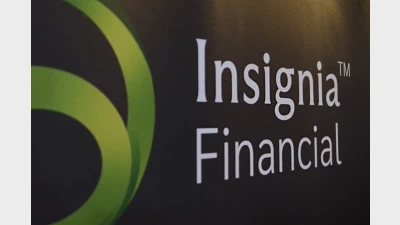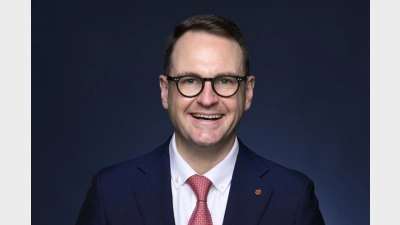Super fee disclosure guide will 'bamboozle' consumers: ISA


The attempt to improve disclosure of superannuation investment fees and costs by the Australian Securities and Investment Commission (ASIC) is a welcome step forward, but according to Industry Super Australia (ISA), it doesn’t fix the issues with RG 97.
Dr Nick Coates, ISA’s head of research, said while the release of ASIC’s updated RG 97 guide was important to improve transparency, it doesn’t deliver clarity consumers need to make decisions as well as fees and cost comparisons.
“While we welcome steps taken by ASIC to improve transparency when it comes to fees and costs, this latest guide doesn’t go far enough when it comes to providing clear and simple comparisons between the bank products and other super funds, and we worry this will impact APRA’s heatmaps that are based on RG 97,” Coates said.
Despite creating a number of new groupings to more clearly show fees and costs, ISA said the new guide would fail to provide a ‘net returns measure’, a single measure incorporating the effect of fees and costs.
This ‘net returns measure’ would allow consumers to compare apples with apples across various funds and products.
In its submission to ASIC on RG 97, the new guide related to platforms owned by banks and investment managers, where they were only required to disclose the cost of gaining access to a product, not the cost charged by those issuing it.
“We needed to see the banks’ super fund platforms product costs all in one place so consumers could compare them against cheaper run funds,” Coates said.
“Instead we have ended up with a situation where they are expected to volunteer to provide example disclosure, it’s fanciful.”
Recommended for you
Future Group is set to take on nearly $1 billion in funds under management (FUM) and welcome more than 100,000 new members following two significant successor fund transfers.
Insignia’s Master Trust business suffered a 1.9 per cent dip in FUA in the third quarter, amid total net outflows of $1.8 billion.
While the Liberal senator has accused super funds of locking everyday Australians out of the housing market, industry advocates say the Coalition’s policy would only push home ownership further out of reach.
Australia’s largest superannuation fund has confirmed all members who had funds stolen during the recent cyber fraud crime have been reimbursed.












